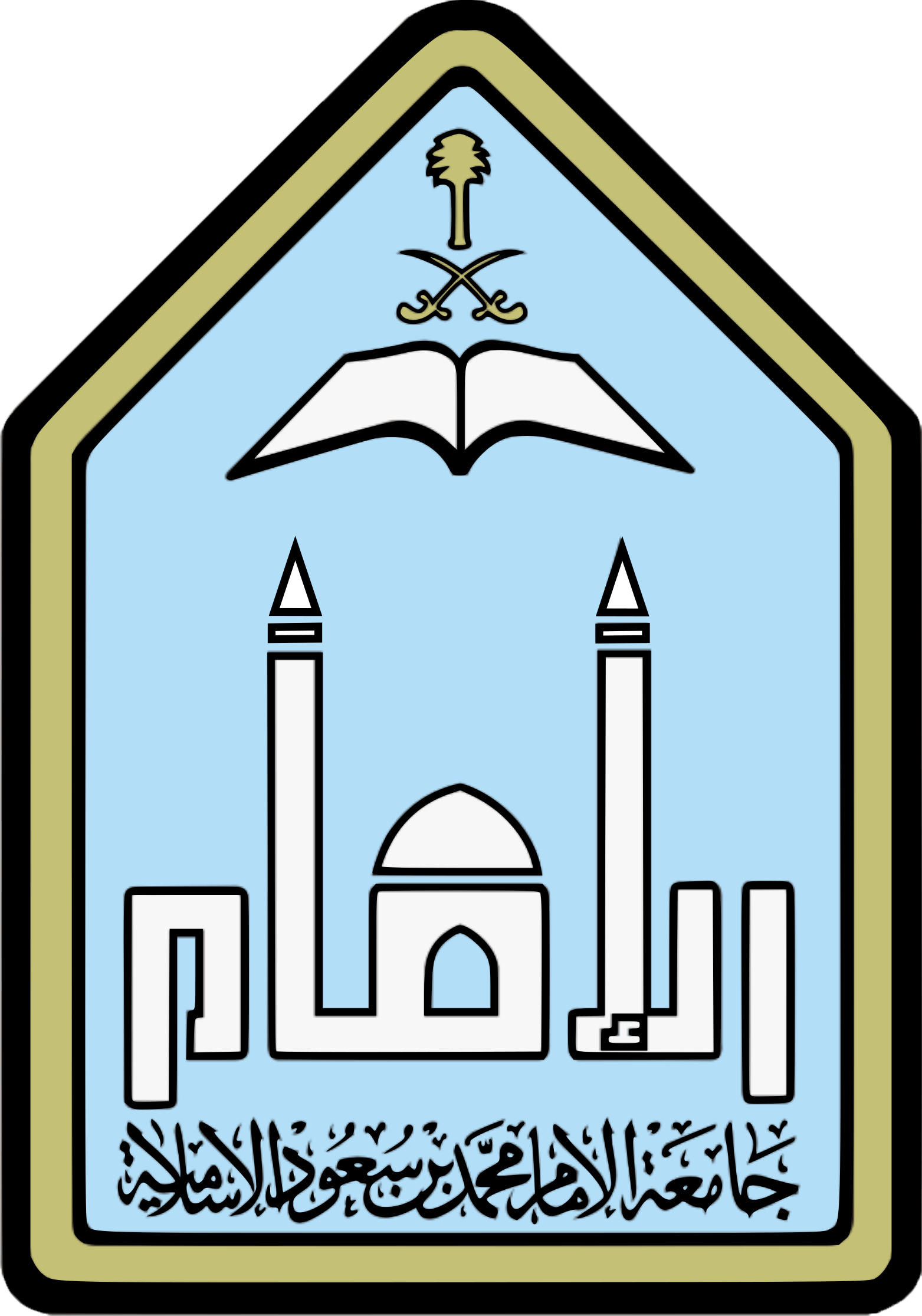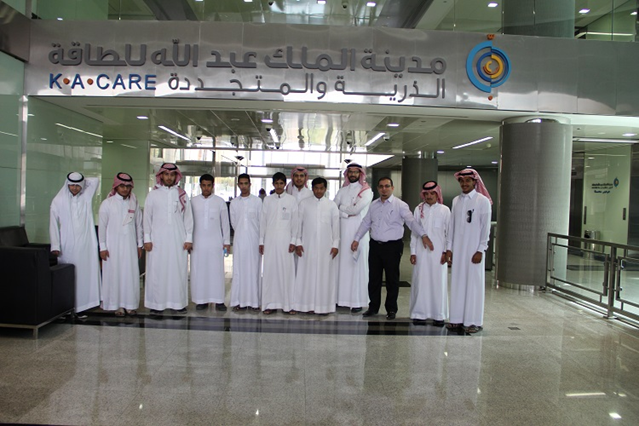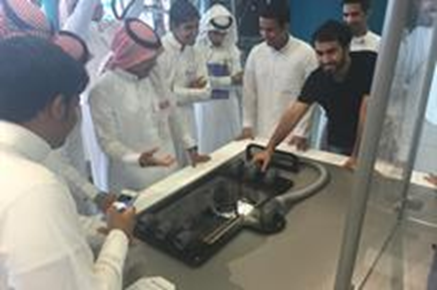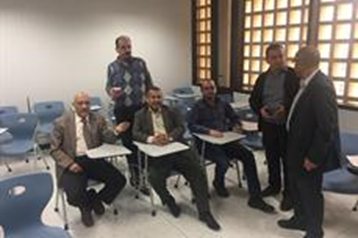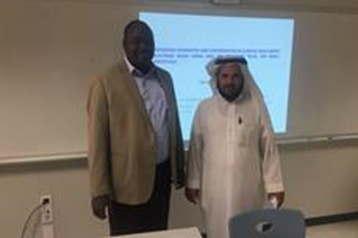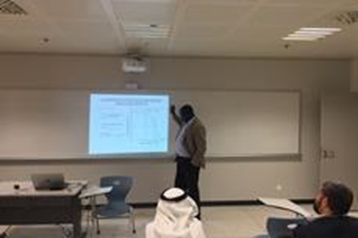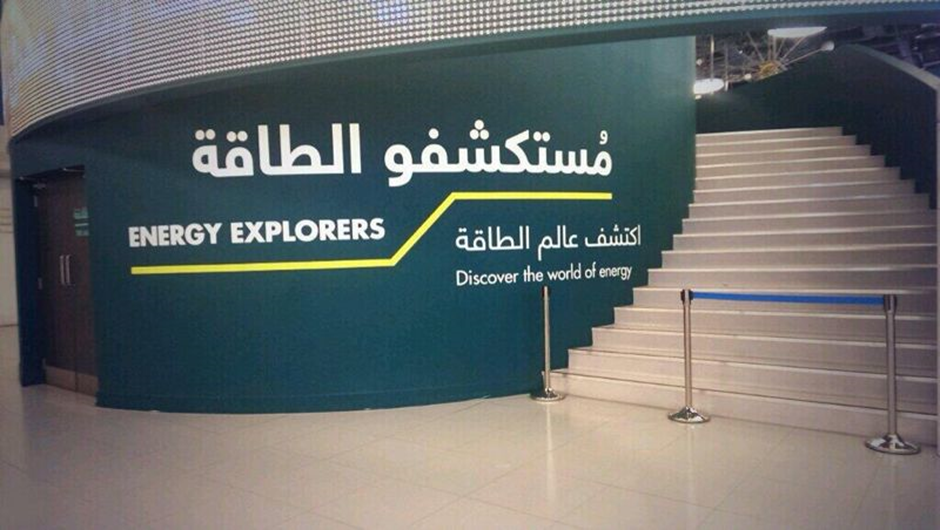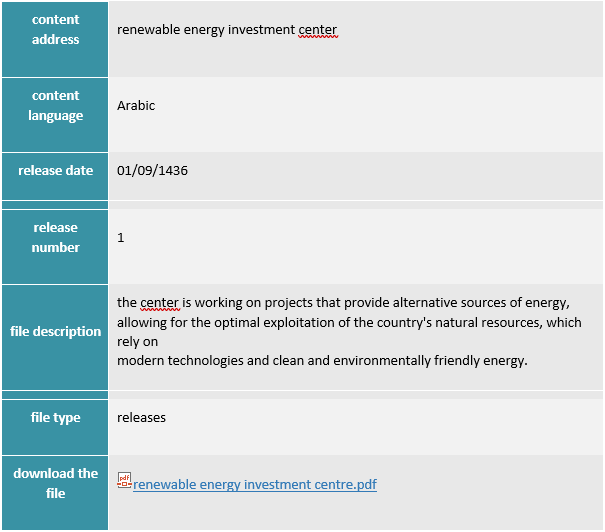Introduction
Sustainable Development Goal7 (SDG7 or Global Goal 7) refers to “AFFORDABLE AND CLEAN ENERGY”, the aim of this goal7 is access to affordable, reliable and sustainable energy is crucial to achieving many of the Sustainable Development Goals – from poverty eradication via advancements in health, education, water supply and industrialization to mitigating climate change. Energy access, however, varies widely across countries and the current rate of progress falls short of what will be required to achieve the Goal. Redoubled efforts will be needed, particularly for countries with large energy access deficits and high energy consumption.
Sustainable Development Goal 7 (SDG7) calls for “affordable, reliable, sustainable and modern energy for all” by 2030. It’s three core targets are the foundation for our work:
Ensure universal access to affordable, reliable and modern energy services
Increase substantially the share of renewable energy in the global energy mix
Double the global rate of improvement in energy efficiency
From job creation to economic development, from security concerns to the full empowerment of women, energy lies at the heart of the Sustainable Development Goals (SDGs) - agreed to by the world’s leaders in September 2015 as part of the 2030 Agenda. Further information on SDGs.
Saudi Arabia wants to emulate Germany’s success with renewable energy and be a pioneer in hydrogen production, as the world’s biggest oil exporter seeks to diversify its economy.
“We will be another Germany when it comes to renewables,” Energy Minister Prince Abdulaziz bin Salman said Wednesday on a panel at the Future Investment Initiative conference in Riyadh. “We will be pioneering. “The kingdom is working with many countries on green and blue hydrogen projects and those to capture carbon emissions, he said.
The Government of the Kingdom of Saudi Arabia has been keen to draw up a vision for an economy less dependent on oil. This is confirmed by the Kingdom’s Vision 2030 through diversification of energy sources such as renewable and alternative energy by producing 5.3 gigawatts of renewable energy by 2020 and producing 5.9 gigawatts of renewable energy by 2030.
The Department of Student Affairs at the University Vice Presidency for Female Student Affairs, in cooperation with the General Administration of Information and Communication at King Abdullah Women's City, organized a visit to the exhibition (The Line) held in Diriyah as part of a series of visits organized by the Agency on Wednesday, 1444/8/23 AH from 8-12 pm, and the visiting delegation included Her Excellency the supervisor of the Department of Student Affairs, Dr. Seetah Al-Enezi, the supervisor of the Administrative Affairs Department in the Agency, Ms. Muzna Aba Al-Khail, and a number of distinguished female employees and students from various colleges University .
This visit aims to raise the knowledge of students in the architectural and urban fields, artificial intelligence and modern fields in development and innovation.Al-Enezi stressed the necessity of such visits to students and their importance in developing future skills and informing them of the distinguished and modern ideas and visions in technologies, especially with regard to techniques and design, which were applied in the Dhalain project, in addition to enriching their creative side by identifying the development in technology and modern and innovative mechanisms in the design and establishment of smart cities and the uses of renewable energy, in order to achieve human well-being and ensure living in environments free of pollution and noise. We feel proud and delighted for the efforts and innovations we have witnessed, which were tangible evidence of the efforts of our wise leadership and the genius of the architect of the vision, His Royal Highness Mohammed bin Salman."
We also expressed their thanks for organizing such visits and their great impact on them and developing their skills.
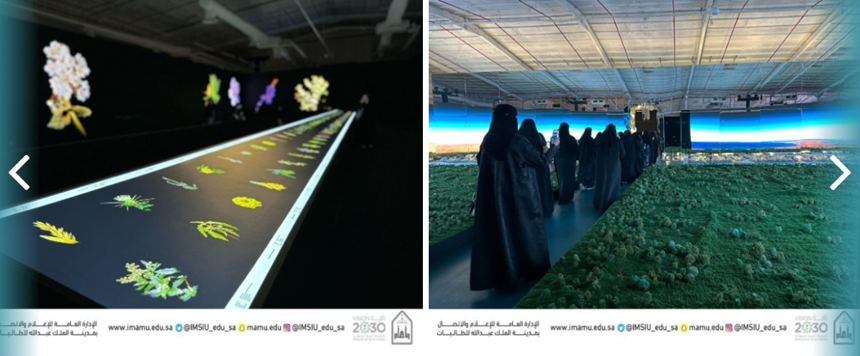
A delegation from the Physics Department of College of Science paid a visit to King Abdullah city for atomic and renewable energy on Thursday 2/1/ 1437 AH - 15/10/ 2015 AD. The delegation included a group of second and third level students accompanied by the department academic advisor Dr. Mohammad Wasef Marashdeh, and headed by Dr. Raed Hussain S Alhathlool, the College Vice-Dean for development and quality and staff member at the department.
The visit was privileged with an orientation meeting presented to the students by senior staff of the city. It was initiated by his Excellence Dr. Mohammad Ahmad Qarwan, chief of the Atomic Energy Sector. He welcomed the delegation and wished them a fruitful visit. The meeting began with a speech delivered by Dr. Raed Hussain S Alhathlool in which he thanked the city chief officials for their hospitality. He presented a briefing about the Physics Department at Al-Imam Muhammad Ibn Saud Islamic University. He stated that choosing students of the second and third levels for this visit was to motivate them in their study of physics.
Dr. Mohammad Qarwan explained the importance of the Kingdom's adoption of the strategy of atomic energy, which is seen as a great and historic turning point and a Quantum leap for the Kingdom as an energy producer. Therefore, he insisted on students to make use of their study of physics and increase their knowledge and scientific and technological achievement in this regard. This would help them become corner stones of the atomic energy sector in their country in the future.
That was followed by a presentation made by Dr. Ra'afat Al-Nnassar from the atomic energy sector. He gave a briefing of the steps towards the adoption of nuclear power in KSA and the time line the Kingdom set in its endeavor to obtain this kind of power and preparations of infrastructure. The presentation gave the attendees an idea about the world countries with which scientific and consultant partnerships were made for the use of atomic energy.
Dr. Ra'afat also explained to the delegation the status of a Low power Research Reactor-LPRR, which the City intends to establish at King Abdulaziz City for Science and Technology (KACST). The show included information about rules and regulations that govern this type of energy and its uses. It is worth mentioning that King Abdullah City for Atomic and Renewable Energy is the government authorized body to issue rules and legalizations concerning nuclear power in the Kingdom. Students asked questions and made inquiries about the difference between research reactor and power producing ones and other questions about nuclear accelerators.
The meeting included his Excellence Eng. Omar Sultan Al-Sheshah, a consultant at the Department of Research, Development, and creativity in the city who presented a valuable participation about the researches the city conducts. Eng. Omar stated that the city is specifically concerned with atomic and renewable energy research related to industry, which would lead to a produce that benefits the nation and accelerates development.
The last meeting was about displaying the vision, mission, and objectives of the City presented by Eng. Mohammad Yahya Zekri, researcher at the Department Of Research, Development, and creativity . Eng. Mohammad interacted with the students in his interesting style. He interactively explained the difference between conventional and renewable energy. He raised an argumentative question about atomic energy, is it categorized renewable or not? In this pre-view, the audience knew about a national project named "ATLAS". It records some forms of renewable energy in different areas of our beloved Kingdom. There are about fifty centers of this project, which calculate solar radiation and wind power to identify the best sites to make use of the different kinds of renewable energy.
This was concluded by distributing souvenirs to the delegation members presented by Dr. Ra'afat Annaser and Eng. Omar Al-Sheshah.
On another occasion, this visit was preceded by another one to the "Meshkah" exhibition. It is an interactive educational center of atomic and renewable energy.
Meshkah exhibition intends to preserve sciences and knowledge and publish them in an interesting and beautiful way by supporting the leading role of KSA in energy economies through motivating the Kingdom's youth to be future pioneers of energy.
The exhibition is a true and interesting setting off for society awareness about atomic and renewable energy. It is one of King Abdullah City for Atomic and Renewable Energy's initiatives. The exhibition consists of several scientific and interactive exhibits (mechanical and electronic) which encourage visitors to directly interact with them and get useful information about atomic and renewable energy and how to employ their applications in real life. The exhibition is a rich opportunity for school groups to spend an interesting time in an environment of fun and learning through building and experimenting. It also presents interesting experiments, programs and shows that display energy generating techniques of the past, present and future as well as creations and prospects of substitutive energy.
The exhibition supports the vision of King Abdullah City for Atomic and Renewable Energy of transforming the Kingdom from an energy Kingdom to sustainable energy Kingdom.
The students actively interacted with the exhibition and recalled what they have learned while interacting with the exhibits.
This activity is part of the activities of the scientific committee of the Physics Department which aim at developing and enhancing students' scientific level and their relation with the specialization and increasing their knowledge about it. Moreover, the activities aim at broadening students' both practical and scientific visions during university studies or after graduation, so that they would be scientifically distinguished for the benefit of their country.
Department students who took part in the visit are: Hamzah Abdulrahman Alasmari, Khaled Ahmad Alarfaj, Salem Hamed Alharbi, Saleh Ibrahim Azreier, Abdulrahman Abdullah Aljadou', Abduaziz Abdullah Alwashil, Abdullah Ahmad Almaleki,Ali Saeed Al Kannad, Emad Salah Alharbi, Mesfer Abdullah Al'elaiyani, and Naiyef Nawaf Almteiri.
It is worth mentioning that Dr. Raed Hussain S Alhathlool (Vice-Dean of the College of Science for Development and Quality) abundantly thanked Mr. Abdallah Al-Fenysan (Secretary of Vice-Deanship of Development and Quality) for his concrete efforts to organize this successful visit.
In the framework plan of the Vice Presidency for Knowledge Exchange and International Communication represented by the Deanship of Talent, Creativity and Excellence, and it's interest in building community of knowledge and sponsorship for talented and creative students, a visit has been organized on Sunday, 06/06/1435 AH to MISHKAH Energy Exhibition that was organized by King Abdullah Atomic Energy City.
The interactive exhibition represented a real and interesting initiation to inform the community about Atomic and Renewable Energy. It contained a number of scientific and interactive exhibits (mechanical and electronic) which encourage the visitors to interact with them directly and learn how to use them in our lives.
The aim of the visit was to connect what students learn in the classroom about science and knowledge of the atomic and renewable energy with the practical aspects that can be discovered and updated through such exhibits. Another aim was to support young people to learn more about alternative and renewable energy as future specializations.
The Scientific Committee of the Department of Physics organized the eighth scientific symposium for this academic year 1437/1438 AH, where the symposium was entitled:
Reference measurements of high-energy clinical electron beam: comparison of different protocols for calibration of absorbed dose
Absorbed dose determination in clinical high energy electron bean: An experimental comparison of IAEA TRS-398, AAPM TG-51, DIN 6800-2 protocols
The seminar was presented by Dr. Ibrahim Idris Suleiman, Associate Professor in the Department of Physics. This was on 15 Jumadi Al-Thani 1438 AH corresponding to March 14, 2017 AD starting at 09:45 am and for half an hour. The seminar was followed by interventions and questions from the attendees.
The presenter of the symposium began to give an idea of the reference measurements of the electron beam. The presenter then touched on how to compare the different protocols for calibrating the absorbed dose. The discussion revolved around several points in which a number of faculty members and students of the department participated.
This seminar is part of a series of bi-monthly seminars organized by the Scientific Committee of the Department of Physics and presented by faculty members of the Department and researchers from other research bodies, and this series of seminars is supervised by the Chairman of the Scientific Committee in the Department, Dr. Raed Al-Hathloul, and coordinated and managed by the member of the Scientific Committee, Dr. Jaber Al-Ghoul. These seminars aim to stimulate the climate of scientific research in the department and inform its employees of the latest developments in the physical sciences in various fields.
It is worth mentioning that attendance at these seminars is available to all university employees, including faculty, staff and students.
For more information about the seminar presented, please see the summary of the seminar below:
With the greetings of the Scientific Committee of the Department of Physics.
Abstract:
An experimental comparison of the International Atomic Agency, IAEA TRS 398, and American Association of Physicist in Medicine, AAPM TG-51, and German protocol DIN 6800-2 in two Varian Medical Linear Accelerators with 6, 12 and 18 MeV Beam Energies. Beam quality index Q was determined for all electron beams and, is used to determine the electron beam quality conversion factors, KE , were determined using standard ionisation chambers and were used to determine of the beam quality conversion coefficient. Measurements were carried out to determine the absorbed dose to water in reference conditions. Mean TRS 398/TG 51 ratios of absorbed dose to water (Dw) was (0.988-1.004) varied, mean TRS 398/DIN6800-2 was (0.991-1.003), and mean TG51/DIN6800-2 was (0.997-1.005) varied. The results show high degree of consistency in the measurement uncertainty between IAEA TRS 398, AAPM TG-51 and DIN 6800-2 absorbed dose-based protocols. It is important that recommendations of TRS 398 and TG51 are strictly followed concerning cross calibration of plane parallel chamber in the user beam against a reference cylindrical chamber. Apart from dose correction factors, significant uncertainties are due to the beam quality correction factor. Therefore, facilitating standard laboratories with high energy beam would further minimise the uncertainties.
Biography of the presenter of the symposium:
Associate Professor of Radiological and Medical Physics. He holds a PhD from the Sudan Academy of Sciences (2007) in a joint program with Delft University of Technology in the Netherlands. He holds a Bachelor of Physics (1992) and a Master of Physics (1997) from the University of Khartoum, Sudan. He worked for the Sudanese Atomic Energy Commission (1993-2016); Head of the Secondary Calibration Laboratory (2005-2011); Director of the Institute of Radiation Safety (2015-2016). He worked as a seconded professor at Sultan Qaboos University, Sultanate of Oman (2011-2015). He supervised and published many researches in radiological and medical physics.
Associate Professor in the Department of Physics and the Standing Committee for Radiation Protection at Imam Muhammad Ibn Saud Islamic University since October 2016.
To view the scientific seminars presented in the Department of Physics for the past two years:
Scientific seminars in the Department of Physics in the academic year 1436/1437 AH: link
Scientific seminars in the Department of Physics in the academic year 1435/1436 AH: link
The Scientific Committee of the Department of Physics is pleased to invite you to the fifth scientific symposium – the Department of Female Students for the first semester of the year 1439/1440 AH. The seminar will be presented by Her ExcellencyDr. Naomi Al-Thubaiti.
Seminar Title:
Measurement of 13/2+ excited state masses in polonium nuclei 195-197
Direct mass measurements of the 13/2+ states in the neutron-deficient nuclides195,197Po
Location: Hall No. (1-C-511) in the Department of Physics.
Time: Next Sunday 19 Safar 1440 AH corresponding to October 28, 2018 AD from 9 to 09:45 am.
Attendance: All university employees, and we recall the invitation of all students of the department, especially students of graduation projects.
This seminar comes within a series of bi-monthly seminars organized by the Scientific Seminars Committee of the Department of Physics and presented by faculty members of the Department and researchers from other research bodies, and this series of seminars is supervised by the coordinator of the Department Mr. Mervat Al-Zumea, and coordinated and managed by the Scientific Seminars Committee.
These seminars aim to stimulate the climate of scientific research in the department and inform its employees of the latest developments in the physical sciences in various fields.
It is worth mentioning that attendance at these seminars is available to all university employees, including faculty members, employees and students.
For more information about the symposium, please see the summary of the symposium below:
With the greetings of the Scientific Committee of the Department of Physics.
Abstract: In this research polonium isotopes with mass numbers A = 195 - 199 were studied, with a particular focus on 195Po and .197Po these isotopes were produced in ISOLDE/CERN and accelerated to the ISOLTRAP experiment to perform mass measurements and spectroscopy. Spectroscopy studies of alpha particles were first conducted in ISOLTRAP with the help of the time mass spectrometer of multiple reflections. (MR-TOF MS) then the mass Po(195,197) was accurately measured with the Penning-trap mass spectrometer, through which the energy of the raised 13/2+ level was determined and arranged in the cortex model for the first time. Furthermore, the energy of the 13/2+ excited level was determined and arranged in lead, radon and radium by alpha decay chains.
Abstract
The measurements that will be presented investigate the neutron-deficient polo- nium isotopes in the region of A = 195 − 199, with a special emphasis on 195Po and 197Po. These isotopes were produced at ISOLDE/CERN and delivered to the ISOLTRAP experiment where mass measurements and α-decay spectroscopy were performed. The decay-spectroscopy studies were carried out for the first time at ISOLTRAP with the support of the multi-reflection time-of-flight mass spectrometer (MR-TOF MS). The masses of (195,197)g,mPo were measured pre- cisely with Penning-trap mass spectrometry, from which the state ordering and the energy of the 13/2+ states in 195,197Po were determined for the first time. Furthermore, the state ordering and the energy of the 13/2+ state in lead, radon, and radium were obtained through α-decay chains. The new data complete the knowledge of the energy systematics in this region. The presented mass mea- surements provide information on the behaviour of the 13/2+ states in the lead region near N = 104, which remain excited states.
Biography of the presenter: Dr. Naomi Abdul Moeen Al-Thubaiti, Assistant Professor at the Department of Physics, Faculty of Science, Al-Jouf University, and holds a PhD from the University of Manchester, UK.
Specialization Nuclear Physics Experimental has a number of specialized research in the field of nuclear synthesis and participated in a number of practical experiments in the CERN Research Laboratory. She attended a number of foreign conferences and workshops in Britain, Geneva and Italy.
To view the scientific seminars presented in the Department of Physics for the past years :
Scientific seminars in the Department of Physics in the academic year 1438/1439 AH: link
Scientific seminars in the Department of Physics in the academic year 1437/1438 AH: link
Scientific seminars in the Department of Physics in the academic year 1436/1437 AH: link
As part of the plan of deanship of talent, creativity and excellence and its interest in building a knowledge society and achieving sustainable development through the care of talented and creative people, the deanship organized a scientific trip to king Abdullah city of atomic and renewable energy (mashka) and was prepared for the trip dr. Samah al Hakami as an agent deanship of talent, creativity and excellence and the owner of the students in the journey professor serry al-Madalj from the levels of deanship where the target group in the trip was students of the preparatory year with three supervisors in order to introduce them to modern innovations and various jobs in the field of energy and to help them with interactive experiences, interactive programs and presentations through which energy technologies are crystallized from the past era to the present, in addition to the discovery of new and up-to-date information about energy, and the exit of the students under the supervision of dr. Samah al-hakami indicated to them that they represent imam Mohammed bin Saud Islamic university explaining the instructions to them.
The journey began with a visual presentation of energy, types and benefits, followed by touring the various exhibition stations, where the first station was the energy yard, through which the types of sustainable energies and their sources were explained using hands, and then moved to the energy explorers hall, through which interactive mechanical experiments were identified, which show the importance of energy in daily life and its various forms, sources, transformations and methods of generation.
Then the move was made to the future of energy hall, where the exhibits of this interactive digital hall are designed to suit the creative thinking of students so that they have a mixture of oil and alternative energy as an integrated source that meets the community's energy needs.
During the trip, a scientifically beneficial workshop was carried out, where the students were trained on how to operate several electrical circuits using solar and electrical energy.
The delegation concluded the trip by visiting the mashka exhibition shop, which contained simple and amazing tools and inventions produced from recycled materials.
At the end of the trip, they thanked the staff of the deanship and their delegation for their thanks and appreciation to the employees of king abdullah atomic and renewable energy city for their good reception and wonderful organization.
Definition:
The center is working on projects that provide alternative sources of energy, allowing for the optimal exploitation of the natural resources available in the country, and relies on modern technologies and clean and environmentally friendly energy such as projects that rely on clean nuclear energy or rely on nanotechnology. this energy is then used for civilian purposes that facilitate the nature of civilian life and reduce economic costs for individuals and the government alike, which reflects positively on the level of social welfare in the country.
It is no secret that the solar energy project has promising advantages, both in the near term and in the long run, and investing in it through alliance with specialized international companies achieves a solid progress in this vital field, at the local, gulf and Arab level as well. Saudi Arabia seeks to be a leader in this field, through its large project, king Abdullah city of atomic and renewable energy
Vision
The center should be active in building an investment technical partnership between the center and the innovative private sector or investors, in addition to experts to achieve the fund "ithmaar" self-resource sufficiency, which supports the performance of the university's mission.
The message
The center establishes specialized initiatives in the field of renewable energy, and provides specialized scientific, technical and professional studies and consultations, with high efficiency and quality in accordance with international standards and methods.
A research team from Sweden’s linsoping university has invented a new type of power store called "supercapacitor" that can convert and store heat from sunlight to electricity, Swedish energy company Vattenfall has announced.
Research project leader professor Xavier Crispin explains that the new capacitor can generate electricity from different thermal sources such as the sun or waste as long as temperatures are included between the two ends of the capacitor.
Heat from the sun can now be stored in solar thermal collectors or generated in solar cells.
After years of failed experiments, the team of researchers was able to produce an electrolyte solution with a 100-time higher capacity to convert heat into electricity than is currently used.
according to Crispin, the capacitor they invented can convert and store 2,500 times more electricity-generating solar energy than current supercapacitors associated with thermal generators.
He pointed out that the amount of heat generated by electricity depends mainly on the quality of electrolyte used on the one hand, and large differences in temperature, stressing that the electrolyte they created does not contain expensive or dangerous materials, which is stable and can be handled at room temperature.
He added that more details about this project will be revealed in the near future, noting that the invention has so far received two patents.
The researchers, whose study results were published in the scientific journal environmental energy sciences, hope that their invention will lead to a whole new type of thermally charged energy storage device that can be commercially produced on a large scale (quoted on Al-Jazeera’s website).
Under the auspices of king Salman bin Abdul-Aziz, in the presence of ministers participating in the round table meetings of energy ministers of the Asian countries, energy ministers of the group of 20, and a large number of international companies, the capital Riyadh hosts the conference and exhibition of Asian countries for energy efficiency, from 10-13 0 1439 h, October 30 to November 2, 2017.
THE CONFERENCE, HELD AT THE RIYADH INTERNATIONAL CONVENTION AND EXHIBITION CENTER AND ORGANIZED BY THE MINISTRY OF ENERGY, INDUSTRY AND MINERAL RESOURCES IN COLLABORATION WITH THE JAPANESE MINISTRY OF ECONOMY, TRADE AND INDUSTRY AND THE WORLD ENERGY FORUM (IEF), AIMS TO DISCUSS THE PRESSING TOPICS CAUSING HIGH ENERGY CONSUMPTION AND ENHANCE ENERGY EFFICIENCY IN KEY CONSUMER SECTORS.
The conference highlights the kingdom's efforts in the field of energy efficiency and its interest in reducing climate change in the world as part of international efforts in this field, through scientific sessions and intensive workshops during which it presents the most prominent international experiences and experiences in the field of energy conservation and efficiency, and presents the exhibition accompanying the conference events experiences and presentations to the most prominent local and international companies in this field.
To attend this conference and learn more about it, visit the conference website at the following link http://asiaee.sa/
